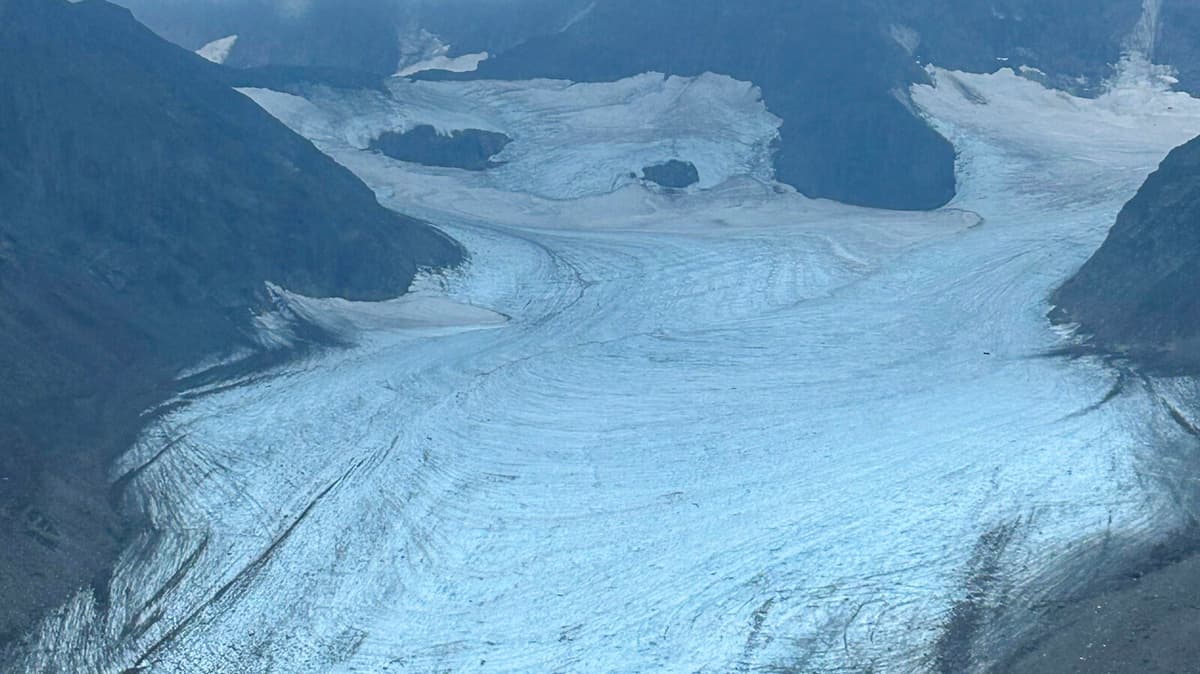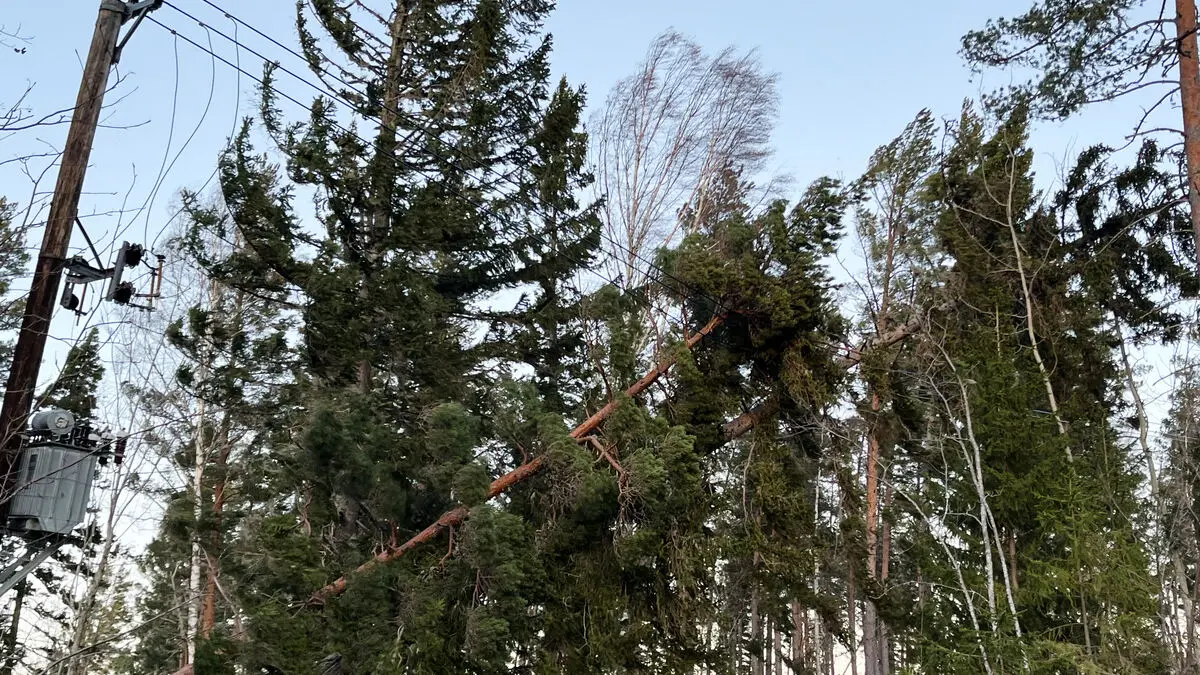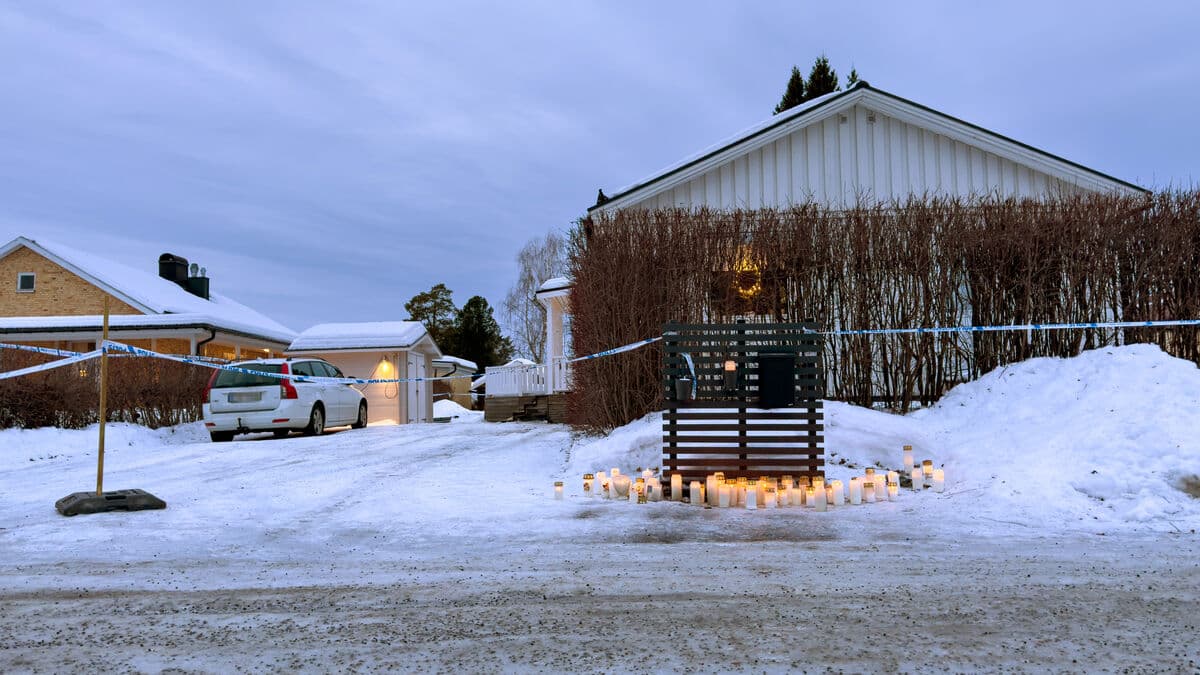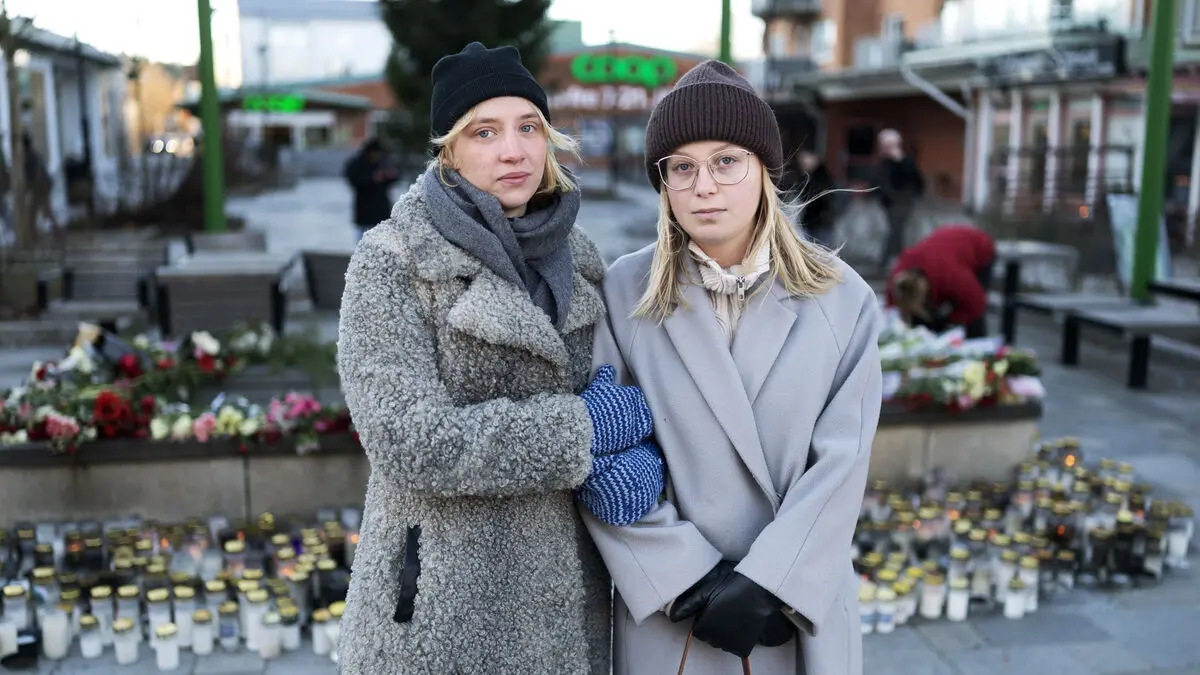In total, 35,000 tons of ice have melted away from Storglaciären, Rabots glacier, Rivgojiehhki, and Moarhmmáglaciären. This is thousands of tons more than the previous record year.
When the researchers arrived early in the summer, it looked like it usually does at the end of the summer. This is because the melting season is starting earlier.
It's not these sparkling, glittering white romantic snowscapes. It's dirty, it's rocky, there's a lot of water that's shrinking the glaciers on all sides. It's extremely clear, says Nina Kirchner, professor of glaciology.
The final measurements were taken in September to get a measure of when the glaciers are at their smallest, and were compared with the winter measurements.
Hard to grow
For Storglaciären, on the eastern slope of Kebnekaise, the loss of 8,400 tons corresponds to a 2.85-meter thick layer of water over the entire glacier.
The melting was three times as large, a little more even this year, compared to last year, says Kirchner.
And last year wasn't a good year either.
We don't have any good years anymore, unfortunately. Every year with a loss is a bad year for the glaciers.
In order for a glacier to grow, a cold winter with a lot of snow and not much wind is first needed. Then, a cool summer is required so that the snow remains, followed by another snowy winter that can pack the previous year's snow.
This winter, there was little snow that was blown away already during the winter, so we had a pretty thin snow cover to start with. And when it melts, the ice surface is exposed directly and starts melting away all too early.
Sweden has 269 glaciers, and it's hard to keep track of all of them at the same time. But according to Kirchner, she hasn't seen a single one move forward in the last 10-15 years.
Many new holes
The meltwater either flows over the surface along the glacier or down into cracks. On the four current glaciers, more so-called glacier wells have emerged – holes straight down from the surface to the mountain – where the water rushes down.
These wells have always existed. But now they're popping up everywhere, even in the highest parts of the glaciers, which hasn't been seen before, says Kirchner.
Glaciers around the world are shrinking due to global warming, caused by human emissions. The Swedish glaciers are no exception.
I have no other explanation. So it's absolutely climate change.
Researchers at Stockholm University have investigated the so-called mass balance at four of Sweden's glaciers, designated as reference glaciers. The balance is a total measure of how much the glacier has grown during the winter, compared to how much it has shrunk during the summer.
The findings are reported to the World Glacier Monitoring Service in Switzerland, where data from around 50 reference glaciers worldwide are collected.
The four Swedish glaciers are Storglaciären, Rabots glacier, Rivgojiehhki, and Moarhmmáglaciären.





